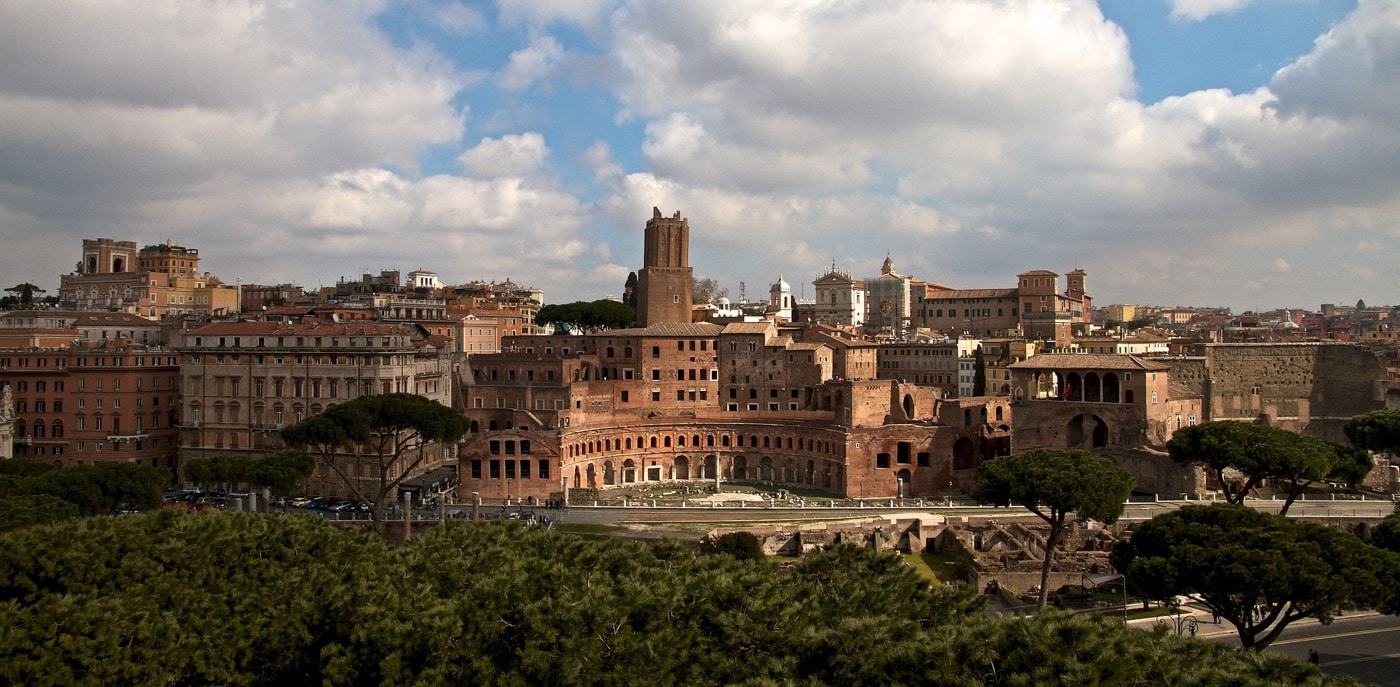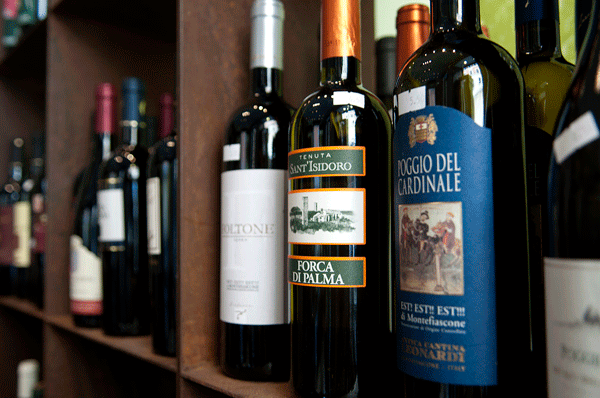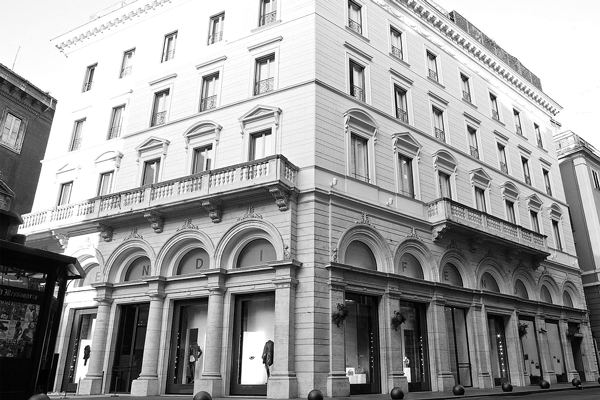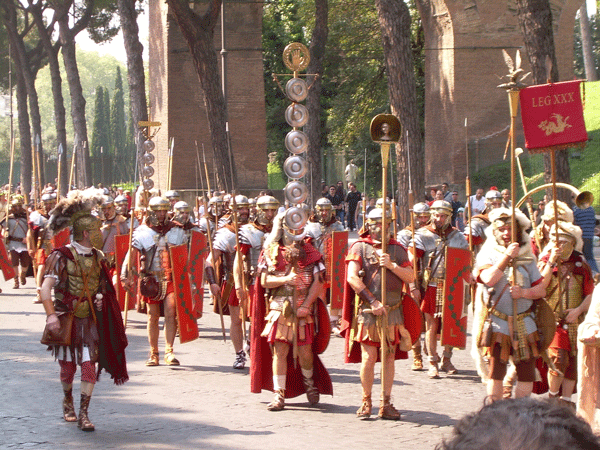Regardless of all the hoopla over a new Pope being elected, the Eternal City will always be home to a tourist trifecta: historical attractions, inspiring views and delicious food. When it comes to a well-trodden destination like this, there’s not much that hasn’t been said, but what we can say is that it still ranks high on travelers’ wish lists. Here’s our spring guide on how to do Rome the right way – not that there’s a wrong one.
Stay
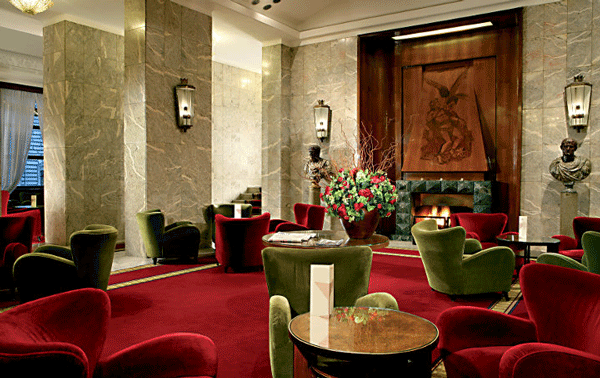
If “location, location, location” is the golden rule of real estate, then the turisti should go with one of Bettoja Hotel’s four locations within central Rome. The Massimo D’Azeglio, the Mediterraneo, and the Atlantico are even situated on the same block, while the Nord Nuova Roma is just around the corner. Footsteps from Stazione Termini, the city’s main station, all the Bettoja Hotels are also quite close to the Pantheon, the Basilica of Santa Maria Maggiore, the Coliseum, the Trevi Fountain, the Opera House and the Roman National Museum—in other words, navigating the Metropolitana, Rome’s metro system or paying for a cab won’t be issues. Travel Squire recommends the 4 and ½ star Hotel Mediterraneo, an art deco masterpiece built in 1936, and perched atop the highest of Rome’s Seven Hills. At the very least, stop by the rooftop café and restaurant for a Negroni and apostcard view of St. Peter’s Basilica.
Eat
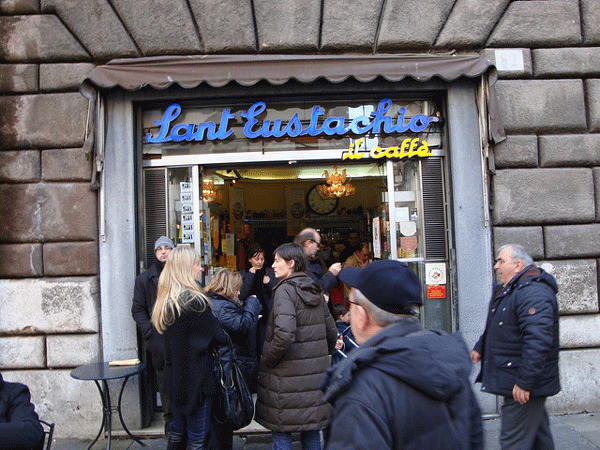
While it’s a little bit off the beaten path, it’s well worth the 20 minute cab ride to Pigneto, a neighborhood south of Roma Termini that’s known for its emerging culinary scene. Try Primo, which serves classic Italian standbys with a creative twist (think pistachio crusted roasted rabbit or veal tongue escalope with candied onions.) Afterwards, pop-in to nearby Il Tiaso, an “enolibreria”, where you can relax with a glass of Chianti while perusing their huge selection of books or connect with your friends back home courtesy of the free Wi-Fi. A trip to Italy’s capital isn’t complete without a visit to Piazza Sant’Eustachio, proud purveyor of Rome’s best coffee. Head there in the morning for a reasonably priced cup a ‘Joe and stock-up on souvenirs.
Drink
If the weather’s nice (which is most of the time in Rome), try to snag an outdoor table at Cul de Sac, the city’s first real wine bar opened since 1977. You won’t find a selection like theirs anywhere. With a glass of vino starting at only 2 euro, the surrounding bars around Piazza Pasquino just can’t compete. If you’re near the Piazza del Popolo, stroll down Via del Babuino and stop at Caffe Canova-Tadolini, a historic bar that doubles as an atelier-museum. According to the original proprietor’s wishes, sculptures must always be part of the café. The little old artists’ space was refurbished in 1967 and today sports chandeliers and wooden ceilings and serves decadent cocktails as well as delicious pastries should the mood for a sweet strike.
Shop
Like all major European cities, Rome’s got the top designer boutiques in multiple locations – the difference here is that many of these brands originated there. Designer shopping in Rome is like having sushi in Tokyo or a pain au chocolat in Paris: you just can’t deprive yourself. After a mandatory visit to the Spanish Steps, stay in the area where you’ll find the Fendi and Valentino shops on Via Borgognona. Not into shopping the big guns? Stop by the pint-sized jewelry store, La Botteguccia Di Cilla, where you’ll find silver and pietre dure souvenirs, then make your way to Tie Shop, a boutique that sells nothing but—you guessed it—chic, colorful ties.
See
If you tried to take in every travel guidebook’s “must-see” attractions in Rome, you’d be burnt out by Day 2. Instead, check out what’s happening in town before you go. This month, there’s the Festa della Primavera, which heralds the coming of spring with over 3,000 azalea flowers decorating the Spanish Steps. Soon after is Settimana della Cultura, the Week of Culture, where museums and archeological sites entice visitors with the promise of free admission and special exhibitions that aren’t usually open to the public. Toward the end of the month is the annual celebration of Rome’s birthday, Natale di Roma, on April 21. Expect concerts, a parade, historical re-enactments, and fireworks citywide.
www.festadellaprimavera.org

